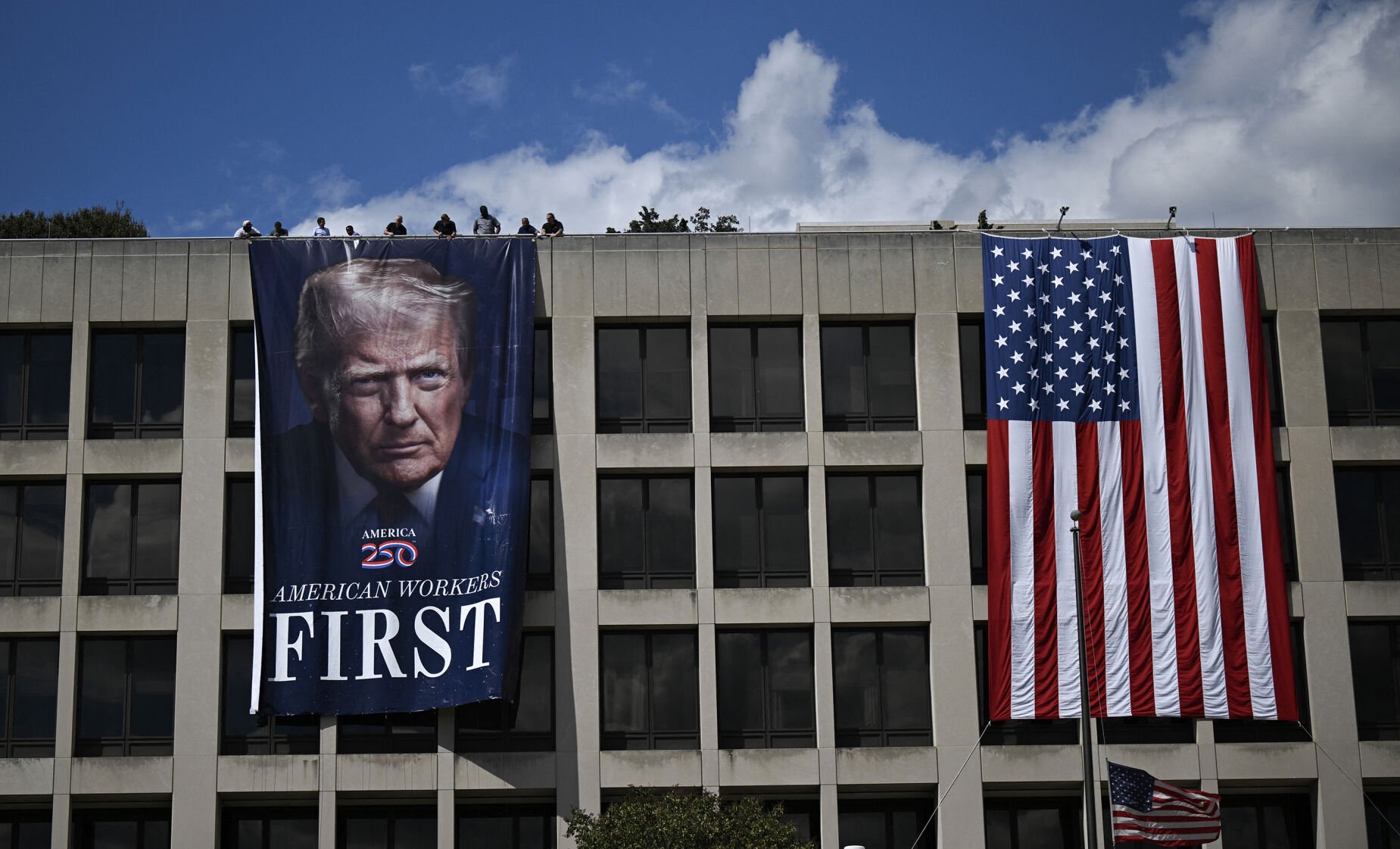A new preliminary estimate shows the United States added 911,000 fewer jobs than initially reported in the year through March. This record-breaking revision underscores potential weaknesses in the economy and amplifies the debate over whether the Federal Reserve should move to lower interest rates sooner rather than later.
US payrolls marked down a record 911,000 in preliminary estimate

Key Takeaways:
- The U.S. labor market was revised downward by a record 911,000 jobs.
- Analysts see increased pressure on the Federal Reserve to lower rates.
- The revision underscores the importance of accurate economic data.
Opening Context
The U.S. labor market, long viewed as a barometer of economic health, has recently offered a surprising twist. A new preliminary estimate indicates that the country added 911,000 fewer jobs than previously reported through March, marking the largest downward revision on record.
The 911,000 Difference
This unprecedented gap complicates the picture of job growth, which many had believed was steadily climbing. Such a substantial adjustment reflects the complexities of tracking and interpreting employment data over time.
Federal Reserve Under Pressure
The revelation arrives at a moment when Federal Reserve policymakers are carefully weighing interest rate decisions. A weaker labor market than initially presumed may tip the scales for officials already fielding calls to ease monetary policy. Economists note that while job figures are only one factor in guiding interest rates, a revision of this magnitude can’t be ignored.
Why These Numbers Matter
Employment statistics influence economic expectations for businesses and consumers alike, from setting corporate hiring plans to shaping individual confidence in the job market. A sudden realization that hiring was overreported by nearly a million jobs can affect market sentiment and alter forecasts around consumer spending and GDP growth.
Looking Ahead
Though the revised data suggests the economy grew more slowly than it seemed, experts caution against immediate conclusions about the trajectory of the recovery. Policymakers and economists will continue to monitor forthcoming reports, which may offer greater clarity on whether this revision is a short-term blip or a sign of deeper challenges in the labor market.
By bringing attention to the labor market’s true state, this record revision underscores why accurate economic data remains vital for informed policymaking.











